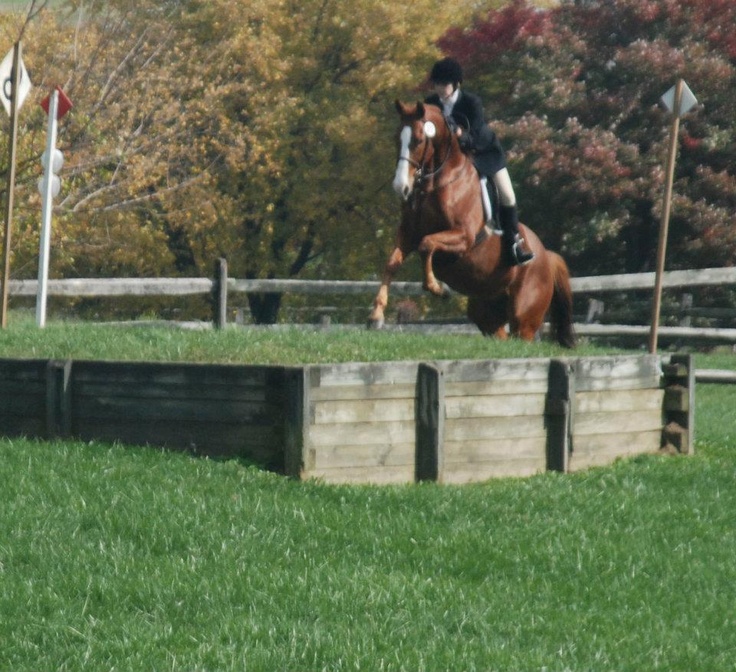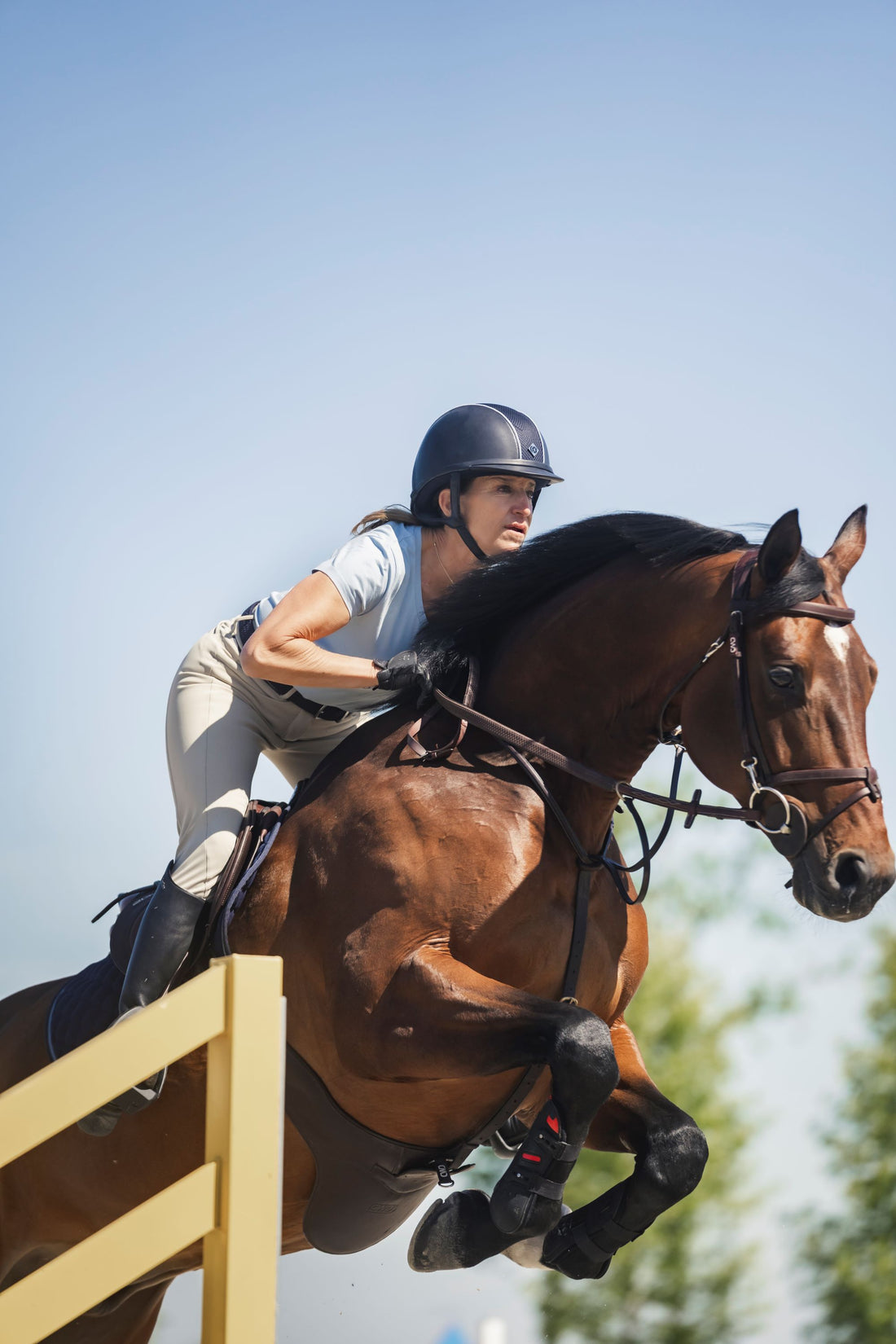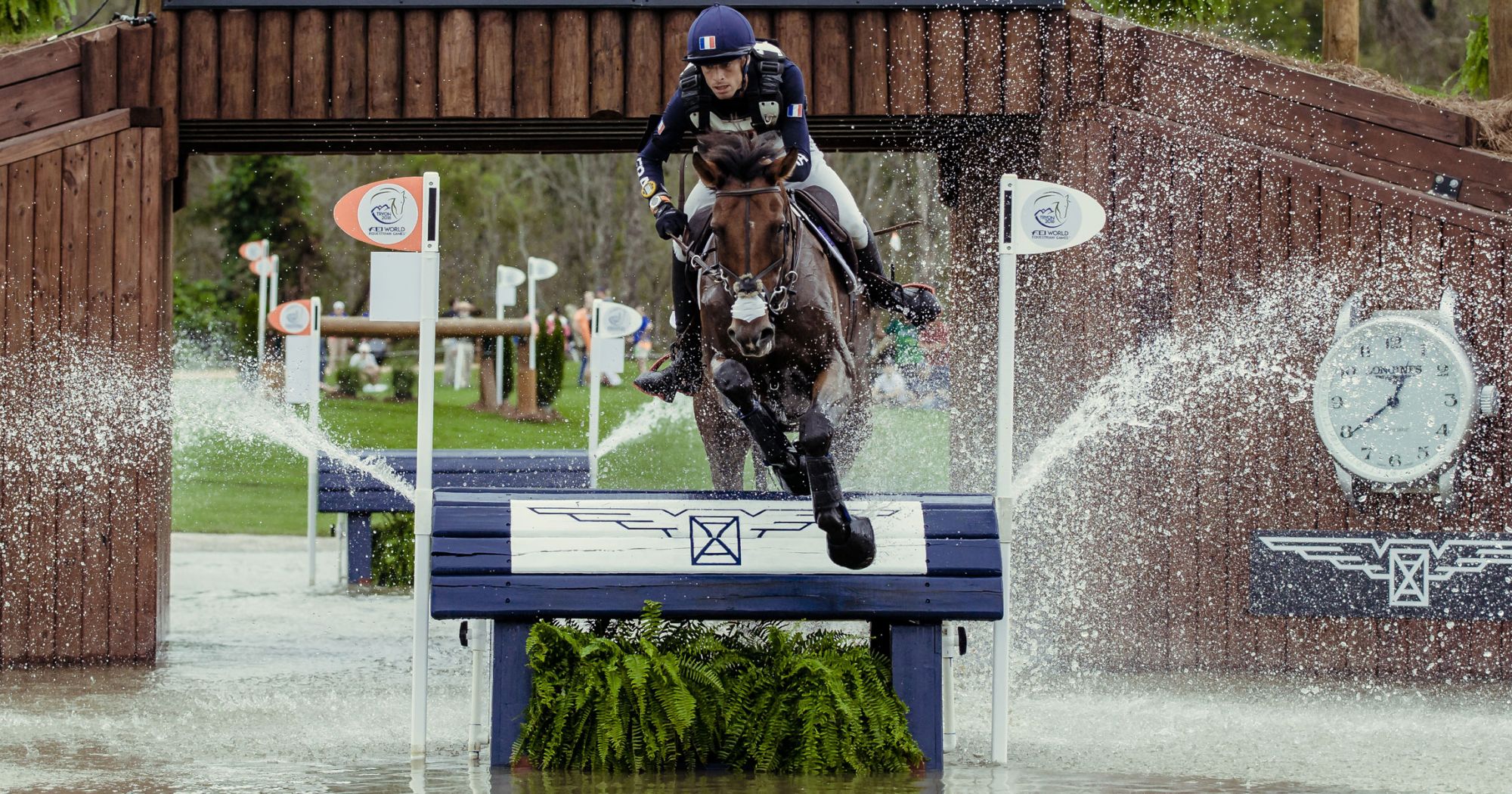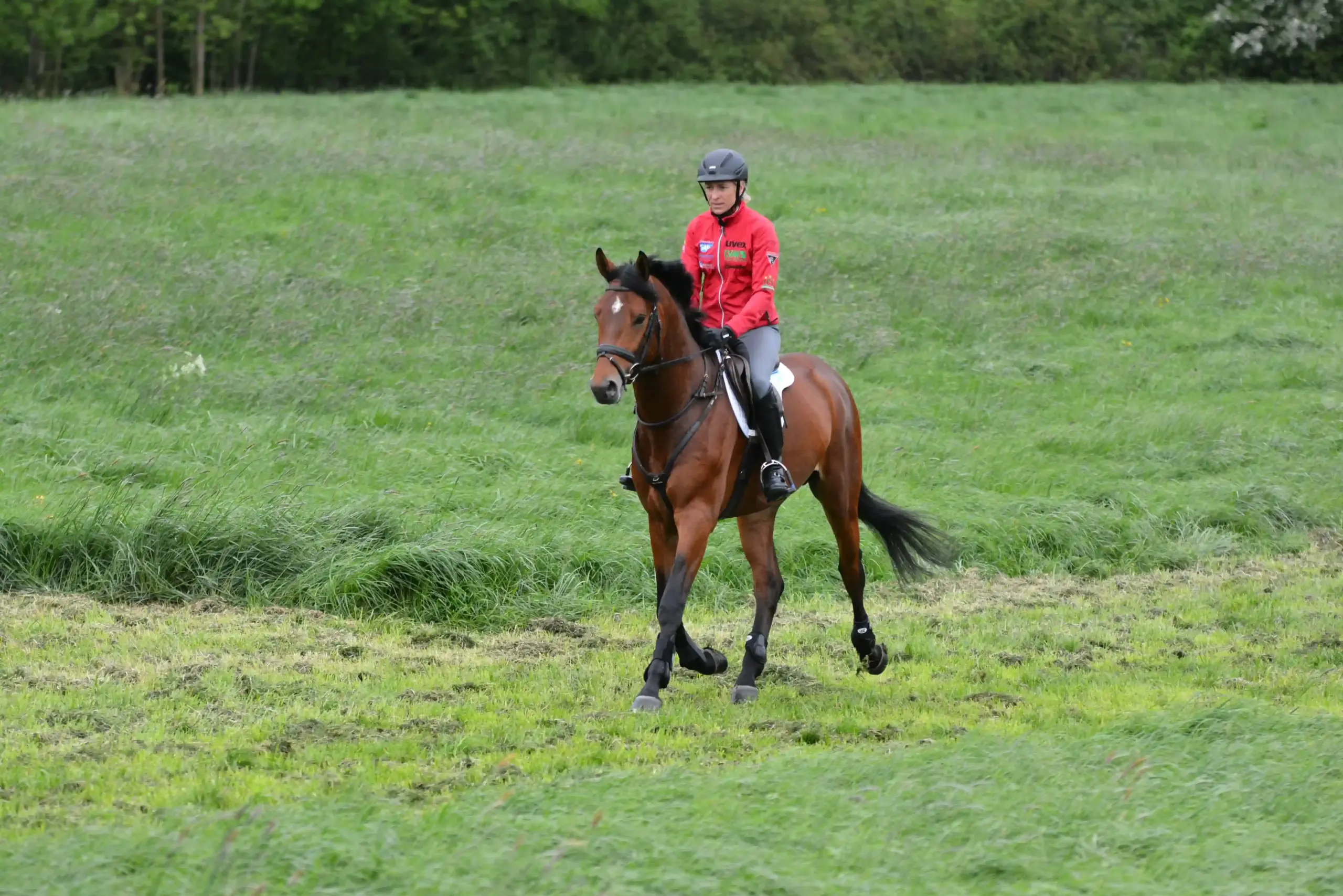Cross-Training for Show Jumping Horses: Enhancing Performance and Longevity

Cross-training is an essential strategy for show jumping horses to improve their overall fitness, prevent injuries, and enhance performance. This article explores the benefits, methods, and best practices of cross-training, providing a detailed guide for riders and trainers.
What is Cross-Training?

Cross-training involves incorporating a variety of exercises and activities beyond the primary discipline—in this case, show jumping—to develop different muscle groups, improve cardiovascular fitness, and maintain mental stimulation.
Benefits of Cross-Training for Show Jumping Horses

| Benefit | Description |
|---|---|
| Injury Prevention | Reduces repetitive strain by varying movements and workload. |
| Improved Fitness | Enhances cardiovascular health and muscle strength. |
| Mental Stimulation | Keeps horses engaged and reduces boredom-related behaviors. |
| Enhanced Performance | Builds overall athleticism, leading to better jumping technique and endurance. |
Effective Cross-Training Activities
1. Dressage
- Improves balance, flexibility, and responsiveness.
- Develops core strength and precision in movements.
2. Trail Riding
- Builds endurance and exposes horses to different terrains.
- Encourages relaxation and confidence.
3. Lunging
- Allows controlled exercise focusing on rhythm and suppleness.
- Useful for warming up or cooling down.
4. Swimming
- Low-impact cardiovascular workout that strengthens muscles without joint stress.
5. Groundwork and Liberty Work
- Enhances communication and trust between horse and rider.
- Develops agility and coordination.
Creating a Cross-Training Schedule
| Day | Activity | Focus Area |
|---|---|---|
| Monday | Dressage | Balance and flexibility |
| Tuesday | Trail Riding | Endurance and relaxation |
| Wednesday | Lunging | Rhythm and suppleness |
| Thursday | Rest or light work | Recovery |
| Friday | Swimming | Muscle strength |
| Saturday | Show Jumping | Skill practice |
| Sunday | Groundwork | Communication and agility |
Tips for Successful Cross-Training
- Monitor your horse’s response: Adjust intensity based on fatigue or soreness.
- Maintain consistency: Regular cross-training sessions yield the best results.
- Incorporate rest days: Allow time for recovery to prevent overtraining.
- Work with professionals: Consult trainers or veterinarians for tailored programs.
Frequently Asked Questions (FAQ)
Q1: How often should I cross-train my show jumping horse?
A: Ideally, incorporate cross-training activities 2-3 times per week alongside regular jumping practice.
Q2: Can cross-training replace show jumping practice?
A: No, cross-training complements but does not replace discipline-specific training.
Q3: What signs indicate my horse is overtrained?
A: Look for decreased performance, lethargy, soreness, or behavioral changes.
Q4: Is swimming safe for all horses?
A: Generally yes, but always ensure supervision and check for any health issues beforehand.
Cross-training is a valuable tool to keep show jumping horses fit, healthy, and motivated. By diversifying their routine, riders can enhance their horse’s athleticism and longevity in the sport.
Ready to optimize your horse’s training regimen?
